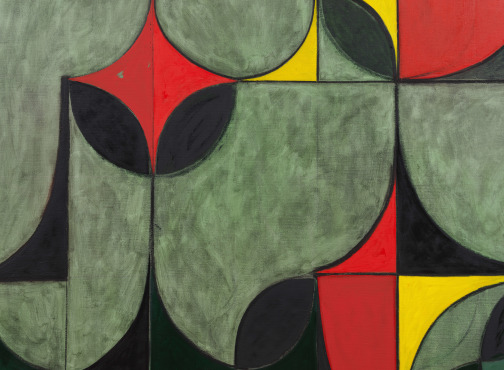
“Paraventi: Folding Screens from the 17th to 21st Centuries” is an extensive exhibition curated by Nicholas Cullinan that investigates the histories and semantics of folding screens by tracing trajectories of cross-pollination between East and West, processes of hybridization between different art forms and functions, collaborative relationships between designers and artists, and the emergence of newly created works.
As explained by Nicholas Cullinan, “Painting or sculpture? Art or furniture? Utilitarian or ornamental? Decorative, functional, architectural or theatrical? This innovative exhibition examines the many questions and paradoxes surrounding the unfolding history of the paravent. This history of the folding screen is one of cultural migration (from East to West), hybridisation and of what is concealed and revealed. As we shall explore, this history, and especially the way it manifests in the present, is one of liminal objects and of liminality itself; in the process collapsing the rigid distinctions and hierarchies between the different disciplines of art and architecture, decoration and design.”
The exhibition design created for the Podium building by SANAA, gathers more than seventy folding screens, including valuable historical objects and more recent works on loan from international museums and private collections, and a selection of new creations commissioned from more than fifteen international artists specifically for this project.
Kamrooz Aram's monumental screen Privacy Screen for Public Architecture (2022) draws upon two sets of seemingly divergent cultural references, in this case the tessellated patterns of Iranian architecture and decoration, and Natalia Goncharova’s Spring (1927/28), a painting of similar dimensions.